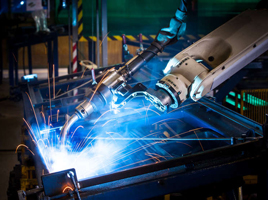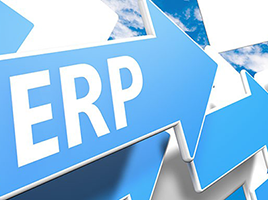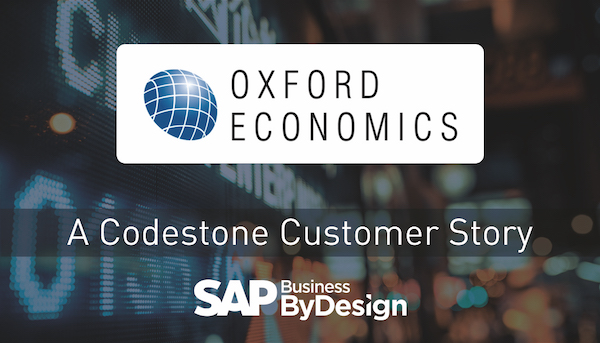Initially viewed as a platform simply for communication and engagement between users, social media has developed way beyond a means of just sharing and connecting with friends and family. Now, social media is also one of the most effective ways for businesses to reach its market and find new global audiences. While we all have a sense that social media platforms have become all-pervasive, the actual statistics showing social media penetration are astonishing to say the least. Out of a total world population of 7.6 billion (as of November 2018), more than 4.2 billion people are active on the internet and more than 3 billion have at least one social media account and spend almost 2 hours per day on their socials. Collectively, Facebook Messenger and Whatsapp handle 60 billion messages per day.
The opportunity to really get close to your customer has never been more profound and, for this reason, enterprise resource planning (ERP) systems are evolving to integrate with social media channels. This innovation, referred to as social networking, has become one of the primary means of promoting brand identity, improving internal communication and connecting with consumers, vendors and partners.

Talking SMAC is good
Technology-driven platforms are evolving to integrate social networking platforms into core business functions. By integrating the social media history and profile of potential and existing clients with an enterprise resource planning system, a unified customer experience is possible across all touchpoints and channels, creating a valuable customer and sales service platform.
The generation of structured and unstructured data by digital interactions; through social media activity, website browsing, wearable technology and other connected devices have created unique new business models built upon customer insights. This has not only helped companies get closer to their customers, but also facilitated the improvement of business operations driven primarily by social media and three other technologies; mobile, analytics and cloud (SMAC); allowing businesses to transition from an e-business ecosystem to a digital business ecosystem. Coined in 2012, the term SMAC was used to explain the consumerisation of information technology. At the time, enterprise computing was characterised by one-to-one communication and on premises hardware and software. This conventional model was disrupted by the introduction of mobile devices and the adoption of cloud computing. SMAC, also known as the ‘third platform’ (the first being the mainframe and second platform the client/server model) is a combination of technology enablers allowing businesses to accelerate their digital transformation through applications such as virtual and augmented reality, robotics and artificial intelligence.
The integration of these four SMAC technologies can create new business opportunities as well as a significant competitive advantage, gained because of its wide reach and its cost-effectiveness. At their core, social speaks of communication, mobile refers to portability, analytics to measurement and cloud concerns access. While the power of SMAC lies in their integration, it is social media that probably has the most potential to completely redefine the value of enterprise resource planning.
It’s a two-way street
In order to fully take advantage of the benefits offered by SMAC technologies, a two-tiered operations model is implemented, dividing IT tasks into two modes. One mode consisting of processes that are stable, successive and slow while the other mode necessitates an iterative and agile approach allowing for the development of digital products and services. This so-called Bimodal IT model has proven effective in bridging separate functions, increasing the speed at which customer needs can be met and new features and improvements launched.
Implementing a Bimodal model in an ERP IT environment may include a mode 1 involving the back-bone processes of the system which includes record-keeping and information management and a mode 2 which is characterised by system innovations and front-office applications that have a direct positive impact on customer experience. Mode 2 typically would rely on technologies such as analytics and big data, IoT and cloud for effective implementation.
The introduction of social collaborations to ERPs is therefore likely to mature to a point where social media outlets become integrated with ERP systems, creating one central platform for all data. This single interface makes it much simpler for businesses to own and create native digital media content, breaking down barriers to customers, giving them a reason to want to connect to your business and empowering brands to expand their borders and reach out to global audiences. Helping to build your business, one post at a time.
By Craig Johnston







